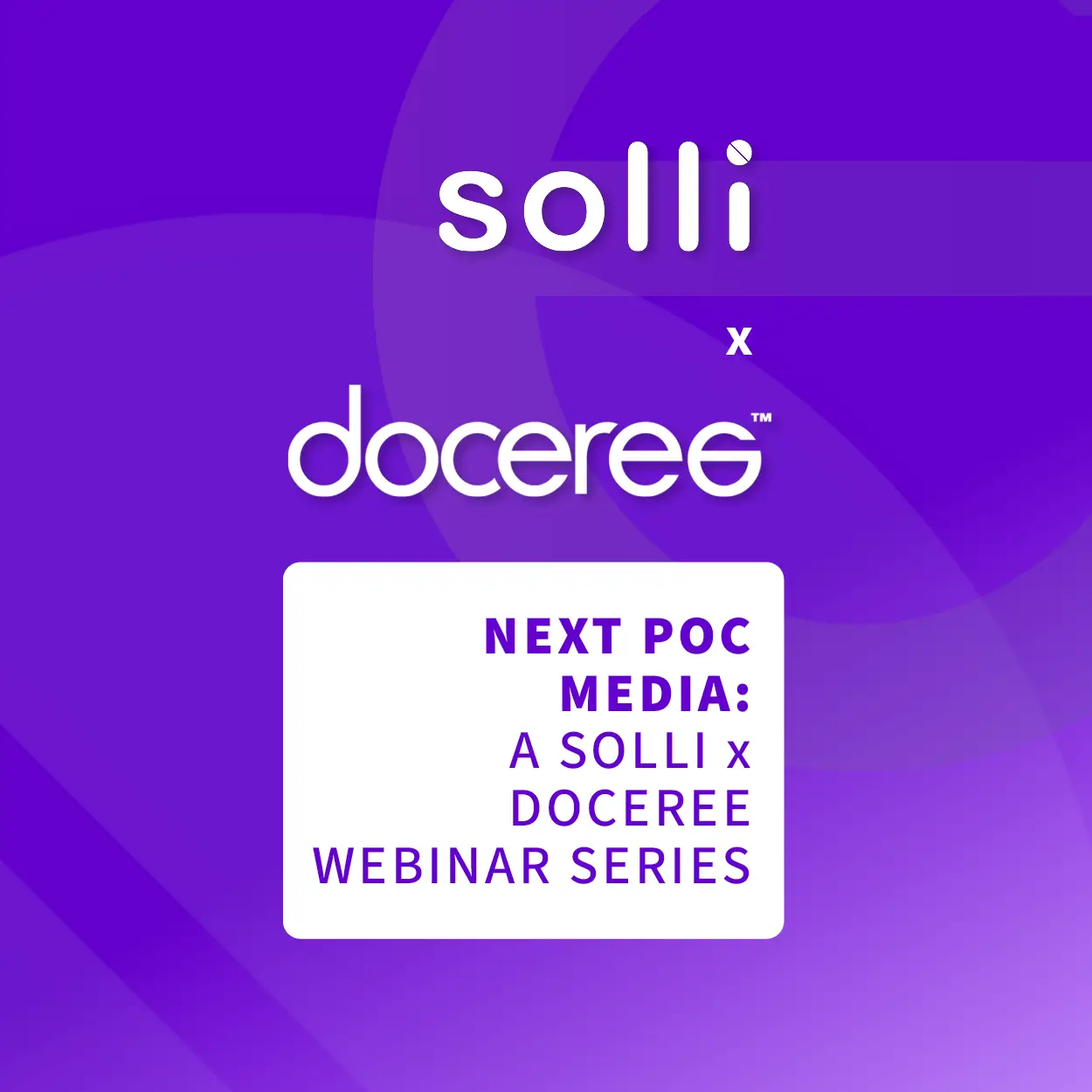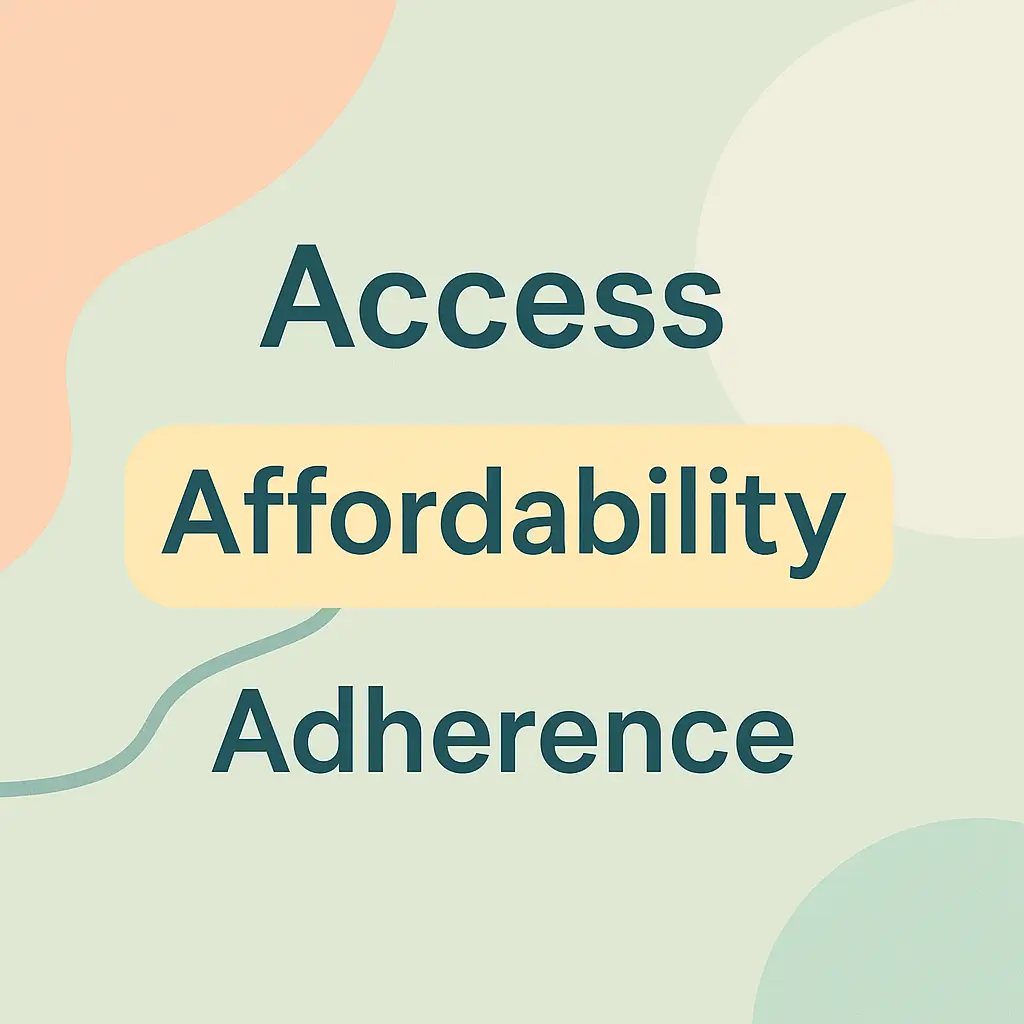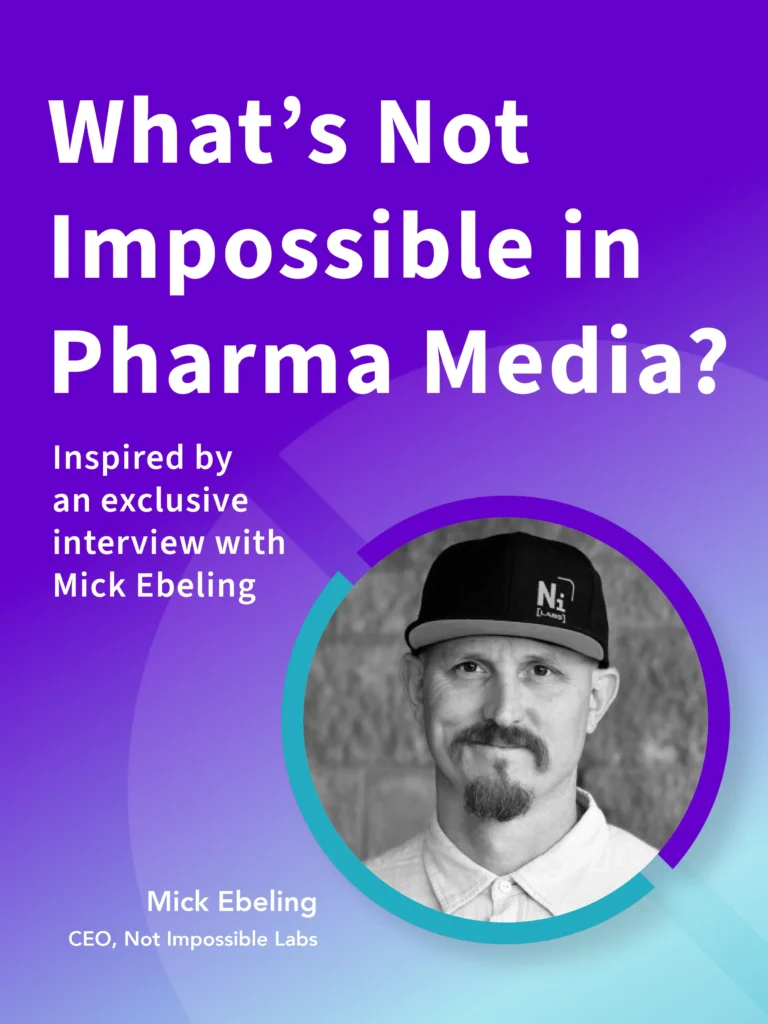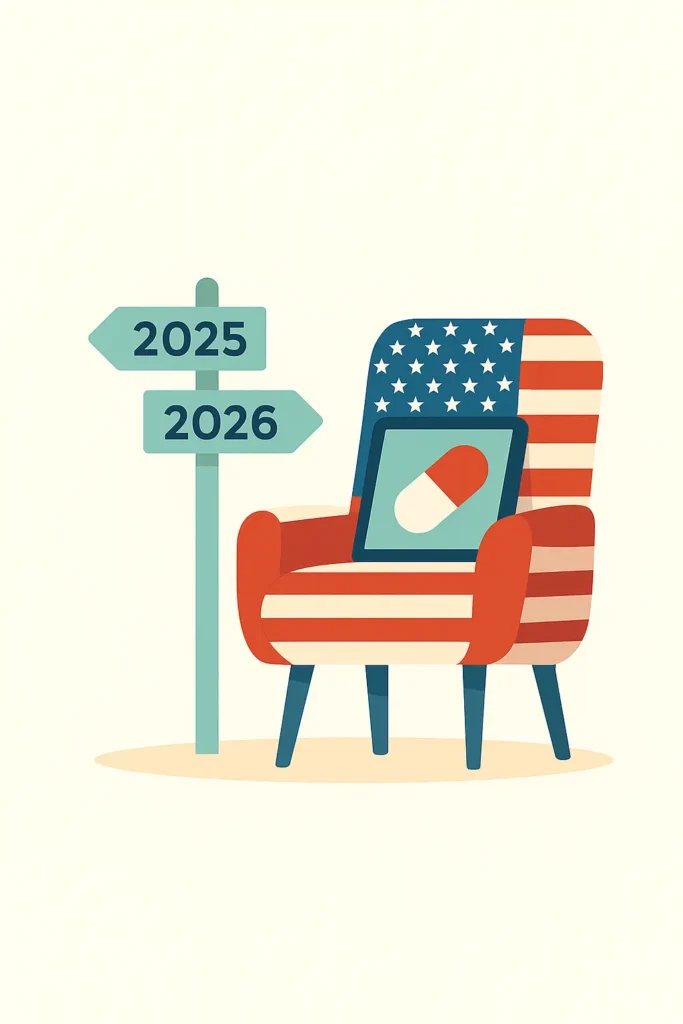Rethinking the POC Marketing Mix
Traditional Marketing Mix Models May Undervalue Point-of-Care Impact by 4x

A new white paper – “Is Your Marketing Mix Model Leaving Money on the Table?” – developed in collaboration with MedFuse, Trinity Life Sciences, Syneractiv, and the Point of Care Marketing Association is shedding light on a long-standing blind spot in how pharma marketers measure the value of Point of Care (POC) media.
The report examines the limitations of binary measurement methods that treat all HCP offices equally, regardless of patient volume or specialty. The findings point to a significant gap in accuracy – one that could have far-reaching implications for how marketers allocate spend across their omnichannel mix.
The Problem: Binary Flags Miss the Full Picture
Most Marketing Mix Models (MMMs) currently use binary indicators to mark whether a POC location was “exposed” to a campaign. But this simplified approach assumes equal exposure across all practices — a small clinic seeing 65 patients a day counts the same as a large practice seeing 250+.
According to Joy Joseph (EVP, Analytics at Medfuse) and Kyle Ryder (Associate Director, Customer Engagement, Trinity Life Sciences, this creates measurable bias in campaign evaluation and underestimates POC’s contribution to performance – in some cases, by more than 4x.
Introducing the Patient Reach Index
To address this gap, the report proposes a new framework called the Patient Reach Index (PRI) – a patient-centric approach that weights exposure by both breadth (HCP coverage) and depth (patient traffic).
Early findings from the research show:
- 4.4x higher campaign lift vs. binary models
- 36.8% improvement in statistical significance
- Stronger alignment with Test vs. Control study results
This new approach, supported by data from MedFuse, introduces a more nuanced way to measure Point of Care engagement – one that reflects the realities of patient flow and HCP interaction across diverse practice settings.
Why It Matters for Pharma Media
For years, POC has been one of pharma’s most contextually powerful yet hardest-to-quantify channels. The collaboration behind this report – spanning analytics, data science, and marketing measurement experts – suggests a growing consensus that patient-level exposure metrics could bring new rigor to how POC is represented in omnichannel models.
As Nicole Divinagracia, President of the Point of Care Marketing Association, notes in the report’s acknowledgements, aligning on shared standards for measurement will be critical for the channel’s continued growth and credibility.
A Call for Industry Collaboration
The authors emphasize that these findings represent an initial brand study and call on industry partners to help validate the results across multiple therapeutic areas. The POC Measurement Consortium Study, supported by MedFuse and Trinity, is now inviting pharma marketers and analytics teams to participate at no cost.
The goal: to establish new, evidence-based standards for Point of Care measurement that reflect both real-world patient volume and marketing effectiveness.
solli’s final thoughts
The work represents a meaningful step toward more accurate, transparent, and patient-centric media measurement. As pharma moves further into omnichannel maturity, precision in exposure modelling may prove just as important as precision in targeting.
Because in the end, better measurement means better decisions — and ultimately, better outcomes.
Download the full white paper HERE



























